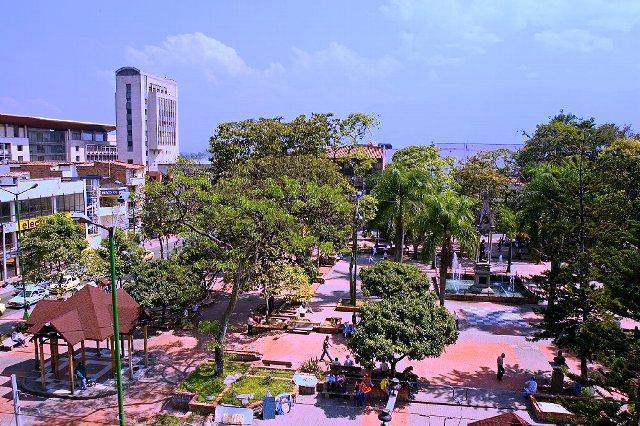Medellín, Antioquia, Colombia
Suggest Place to Visit
4453
Track to location with GPS |
 |
Two chapels existed in Itagüí in colonial times. One in the place of the Tablaza that had been the property of Bruno Saldarriaga, built thanks to the permission that the Bishop of Popayán Francisco José de Figueredo granted on December 19, 1743. The other, the Church of Our Lady of the Rosary had been built by the Pbros. Francisco Riaza and Bruno Saldarriaga who, in addition to the lot for the small temple, gave an extension of thirty blocks for the layout of a population. This chapel was the one that later came to be elevated to the category of parish.
In 1774, the Cure of Medellín Juan Salvador de Villa y Castañeda asked the Bishop of Popayán to create four parishes: San Cristóbal, Hatoviejo (Bello), Envigado and Itagüí. The Prelate agreed as to the first three while the fourth would continue to depend on Envigado for a few more years. On April 29, 1825, the residents of the Itagüí party empowered Mr. Joaquín Vélez Velásquez to represent them before the civil and ecclesiastical governments in order to achieve that said party was elevated to the category of parochial district. The attorney went to the Bishop of Popayán but his attitude was negative. At that time, Mariano Garnica y Orjuela took office as the first Bishop of Antioquia, to whom the attorney submitted the request, but Monsignor Garnica replied that he should first address the civil authority, that is, the governor of the Province. This was done, but the governor, Gregorio María Urreta, was adverse and made it known in a communication dated January 13, 1829.
Two years passed until on February 25, 1831, the attorney went to the prefect of the Department of the Center and he passed the request to the Cura de Envigado Pbro. José Joaquín Escobar to report on the convenience or inconvenience of the new erection. Escobar was an enemy of the project and gave the reason that three new parishes had been created recently, segregated from his jurisdiction: Titiribí, Amagá and Guaca (Heliconia). There was a new petition to Bishop Garnica with an adverse response. The file passed to the Canton Council for its study and this entity was against it. And thus, it seemed that all doors were closed to the aspirations of the Itagüíseños for such a positive achievement. However, all was not lost. The file was ultimately passed to the representative of the Canton of Medellín who considered it adjusted to reality and suggested the convenience of the new creation. And it was thus that on December 24, 1831, the prefect of the Department Don Francisco Montoya and his secretary Mariano Ospina Rodríguez elevated the party of Itagüí to a parochial district. On April 1, 1832, Mr. Francisco Vélez was appointed as the first mayor.
That election corresponded to that of district and parish at the same time. It was the time when when a new parish was created, the neighbors elected their own first priest through popular votes. Father Felipe Restrepo Granda had been serving as vice-parish of Itagüí since December 1, 1825. All the neighbors nominated him for the position. On March 20, 1832, the voting was carried out, resulting in 152 votes being elected, without there having been any vote against. The Bishop made the presentation to the governor of the new priest, a document that ended thus. .. ´´I present it to V.S for being a suitable subject for the performance of such ministry´´. On March 24, Father Restrepo took possession: ´´Hoi I took canonical collation of this Parish with the name of Our Lady of the Rosary of Itagüí, from the hand of the Most Illustrious Bishop D.D. Frai Mariano Garnica and I received title from S. Francisco Antonio Campuzano Governor of the Province and for the record I sign it: Felipe de Restrepo´´.
In 1832 the first elementary school was founded, which was run by Don Manuel Antonio Piedrahita for several years. It was private and only in 1871 was an official one established. In 1870 the construction of the cemetery began.
On March 24, 1874, the first cattle fair was held in Itagüí. Its initiator was the great Hacendado Itagüíseño Emiliano Restrepo Isaza. On March 26, 1876, the telegraph was inaugurated in Itagüí. This was announced by Mayor José M. Ruiz when he addressed the first telegraphic message to the President of the state, Don Ricardo de Villa.
At the time of 1900, the main square began to form in front of the temple of Nuestra Señora del Rosario. In 1920 the first motor vehicle appeared in Itagüí. In 1931 the first Municipal aqueduct was built. In 1945, the Itagüí Library was officially inaugurated on May 13, built by the philanthropist Diego Echavarría Misas.
In 1962 the construction of the first Municipal Palace began. In 1967 the illustrious painter Itagüíseño Eladio Vélez passed away. In 1987 the new Diego Echavarría Misas Library was inaugurated. In 1988 the first mayoral election was held by popular vote. The elected Mayor was Mario Escobar Vélez. The construction of the Ditaires park begins.
In 1993 the Municipal Administrative Center of Itagüí -CAMI- and the Metropolitan Stadium of Itagüí were inaugurated.
In 2006 Itagüí and Medellín defined limits in the sector called the Belén sector or fraction. By Ordinance No. 33 of November 24, 2006, the Antioquia Liquor Factory remains permanently in Itagüíseño territory.
Itagüí is a municipality in Colombia, located in the Aburrá Valley of the Antioquia department. It limits to the north with the municipality of Medellín, to the east with the municipalities of Medellín and Envigado, to the south with the municipalities of Envigado, Sabaneta and La Estrella, and to the west with the municipalities of La Estrella and Medellín.
It is the third smallest municipality in the country, with only 17 km², preceded by the Island of Providencia (18 km²) and by the neighboring town of Sabaneta (15 km²). It is also the most densely populated municipality in the country.
The territory of current Itagüí was, together with those of Envigado and Sabaneta, a territory inhabited by the Nutabes Indians. The town was inhabited since the early 17th century
In the Antioqueño Folk Dictionary, Mazo Gómez maintains that the name of this municipality comes from Ita: hand, and gui or guei: wife or mistress.
However, some maintain that the name comes from the Bitagüí, a tribe that apparently inhabited this territory, although this may only be a legend. Initially, the Bitagüí site belonged to different owners, many of whom lived in Medellín. However, later, it was inhabited by personalities who had ties to the founding families of ´´la Villa´´ (Medellín).
Itagüí is located south of the Aburrá Valley, a valley in the Andes Mountains, has an area of 17 km², making it the third smallest municipality in Colombia. The municipality is fully urbanized in its flat part.
Itagüí has a relief with not very considerable heights, belonging to the Central Mountain Range. The main heights are: Altos Manzanillo and the hills of the Three Sweet Names and El Cacique
The main stream of water is the Medellín River, which serves as a border with the municipalities of Sabaneta and Envigado. The most important tributary of this river, in the municipality, is the Doña María stream, which runs through Itagüí from west to east. Other smaller streams flow into this stream, among which are: La Tablaza, La María, La Justa, La Corneta, La Muñoz and La Limona. The La Llorona and La Jabalcona streams are the most prominent in the north of the municipality.
The municipality of Itagüí is the most industrialized in Colombia within the range of non-capital cities in the department. One of the first industrial corridors in the country was established here during the 1950s thanks to the tax exemption and the rectification of the Medellín River, which today is still the seat of mainly textile, chemical and metallurgical industries.
The textile activity stands out, and the liquor industry, around which an active trade has also developed.
In addition to the new businesses that this attracted, business centers such as the National Clothing and Fashion Center, the Medellín Wholesale Center and the International Furniture Center have been created.
In recent years, commerce in the city has developed enough for companies such as Carrefour, Almacenes Éxito or Flamingo to establish hypermarkets in the town. Additionally, Itagüí has the headquarters of the Aburrá Sur Chamber of Commerce, which serves the southern municipalities of the Aburrá Valley Caldas, Envigado, La Estrella, Sabaneta and Itagüí itself.
Although the municipality of Itagüí has been known in the national context as a town with a marked industrial and commercial vocation, it does not stop being an important cultural pole of the Aburrá Valley and the Department of Antioquia. Itagüí stands out for having important exponents of art, mainly in painting such as Eladio Vélez and Darío Rojas; in the sculpture we find Salvador Arango. But the cultural richness of Itagüítti treasures the customs of a happy, hard-working population, with a high degree of religiosity and with the strength of its own that has characterized Antioqueños since ancient times. The main cultural venue in Itagüí is the Diego Echavarría Mass House of Culture
In addition, in the municipality the artistic groups stand out, it is worth highlighting the participation of their musical marching bands:
Marcial Musical Band Colegio El Rosario, which has stood out with its multiple civic, religious, musical presentations, etc.
Events
International Sloth Day, an emblematic celebration of Itagüí
October, Patronal Feast of Our Lady of the Rosary
Feast of Corpus Cristi and altar of San Isidro
Comments
We don´t have yet any comments about:
Itagüí
Itagüí
Be the first to leave a comment as it is very important to inform other people
Outros locais a visitar
Within a radius of 20 km from:Itagüí
Envigado |
| 5,1 Km |
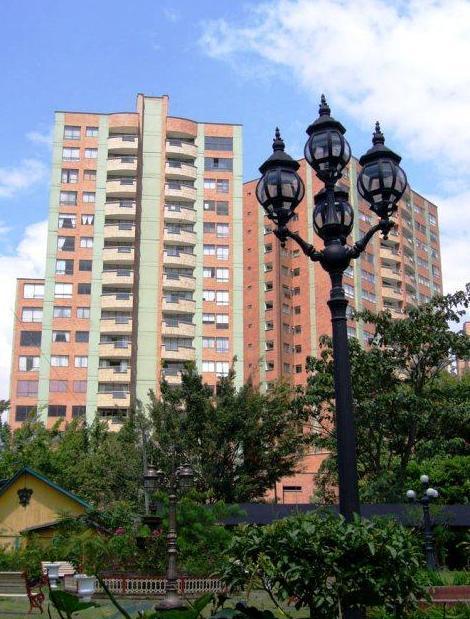 |
The star |
| 5,3 Km |
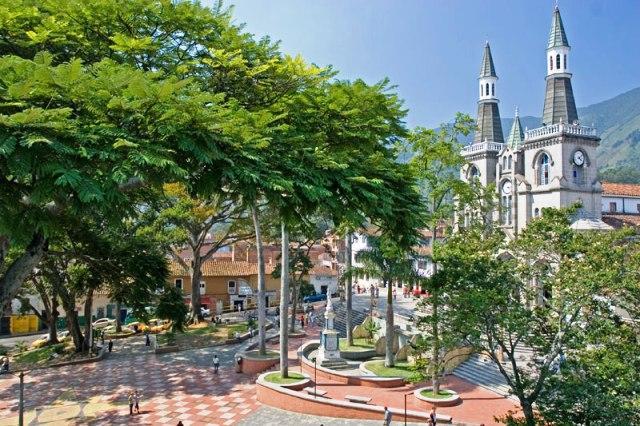 |
Castle Museum |
| 5,6 Km |
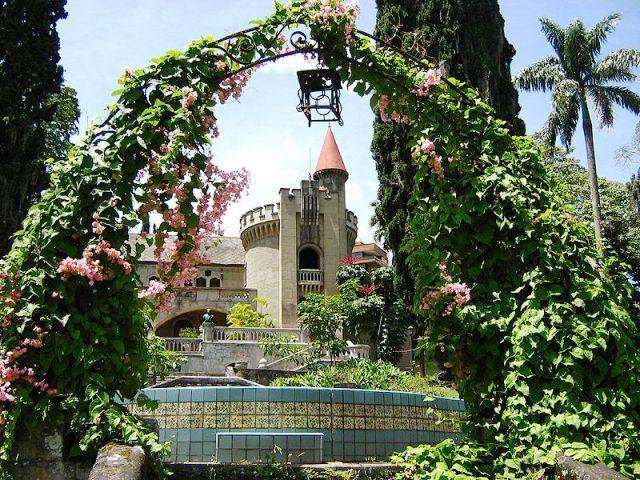 |
Aeroparque Parque Juan Pablo ii |
| 7,1 Km |
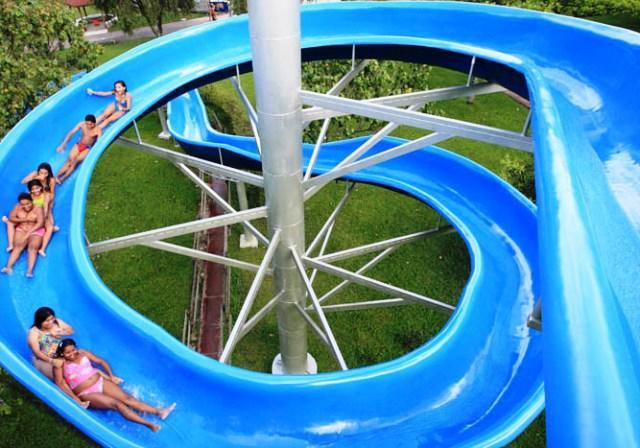 |
Nutibara Hill |
| 8,7 Km |
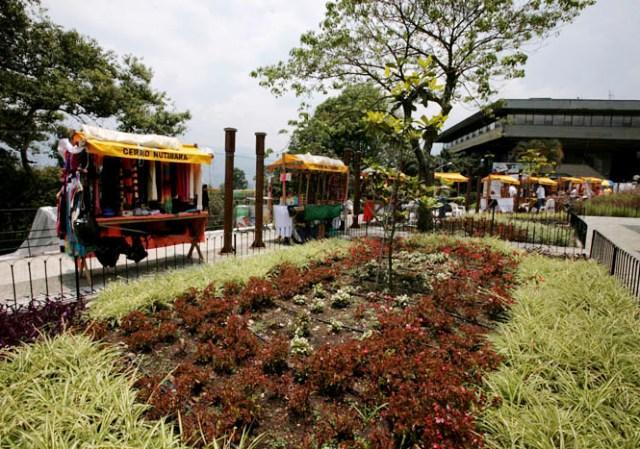 |
Caldas |
| 8,9 Km |
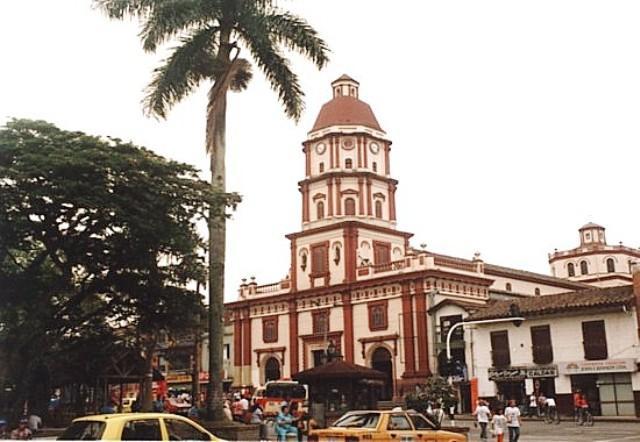 |
Medellin |
| 9,0 Km |
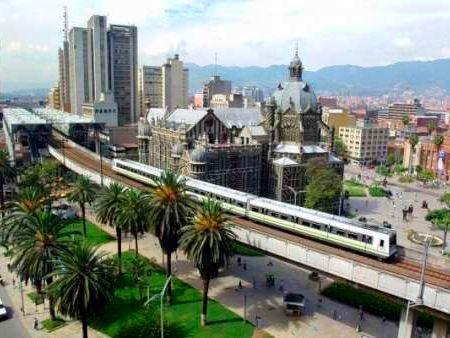 |
Epm Library |
| 9,9 Km |
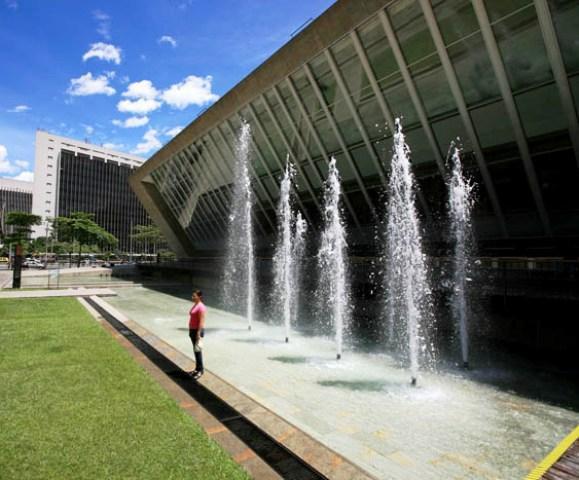 |
La Alpujarra Administrative Center «José María Córdova» |
| 9,9 Km |
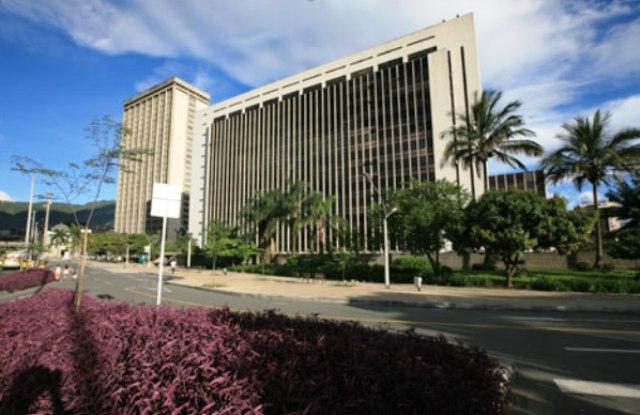 |
La Macarena entertainment center |
| 10,0 Km |
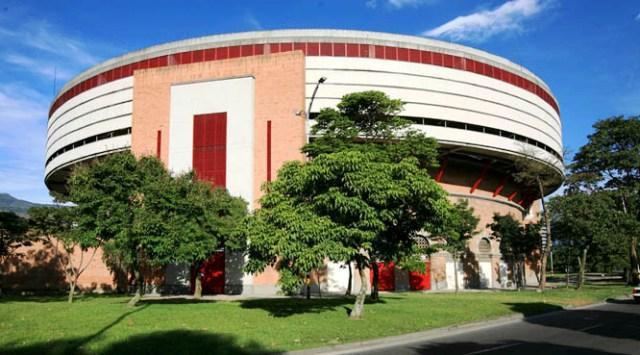 |
Boulevard Artesanal San Antonio |
| 10,3 Km |
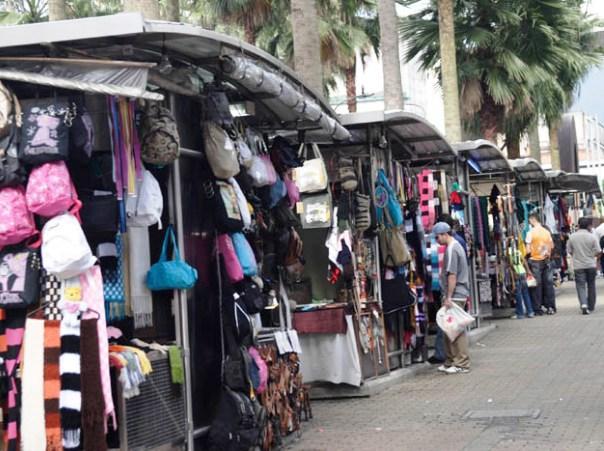 |
Basilica of Our Lady of Candelaria |
| 10,7 Km |
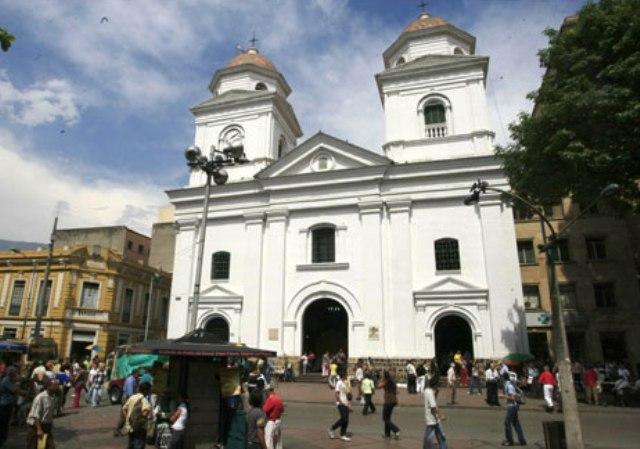 |
Beach Club |
| 10,8 Km |
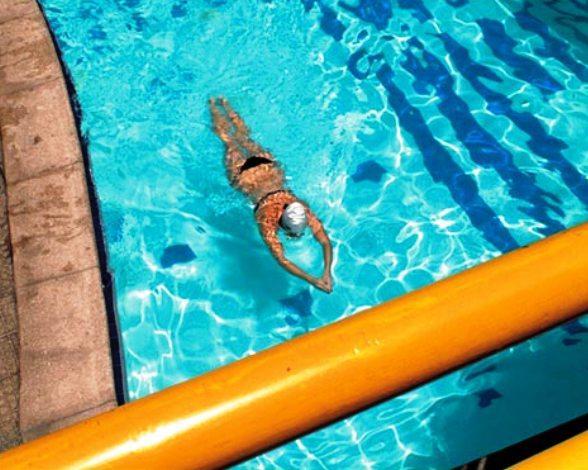 |
Casa Barrientos - House of Children's Reading |
| 10,9 Km |
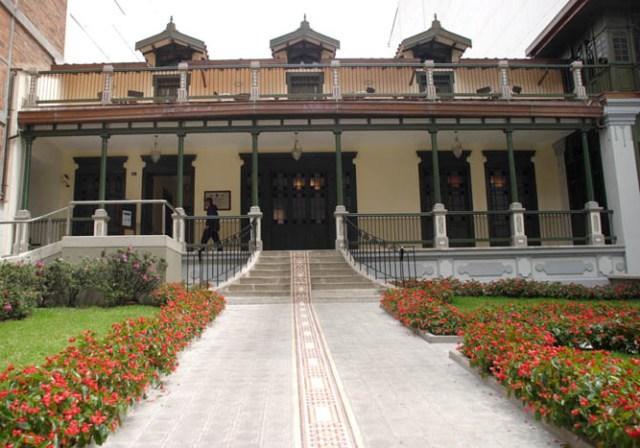 |
Botero Square |
| 10,9 Km |
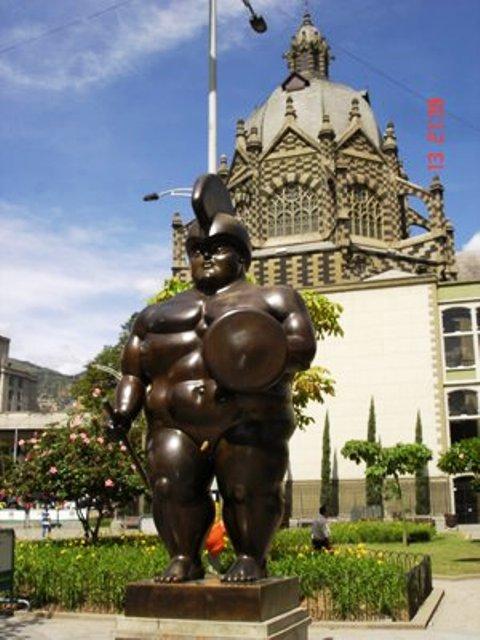 |
Metropolitan Basilica Cathedral |
| 11,3 Km |
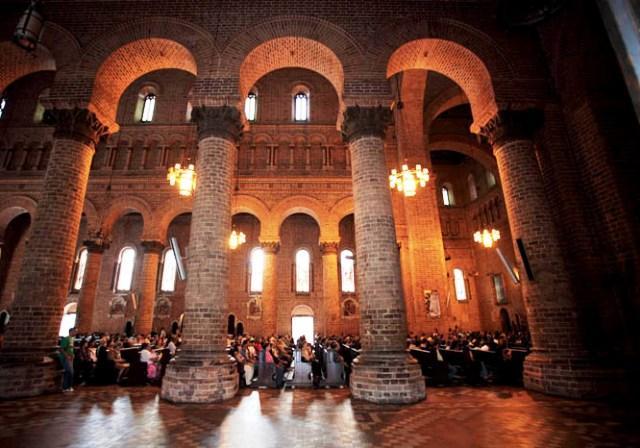 |
Development Park |
| 12,0 Km |
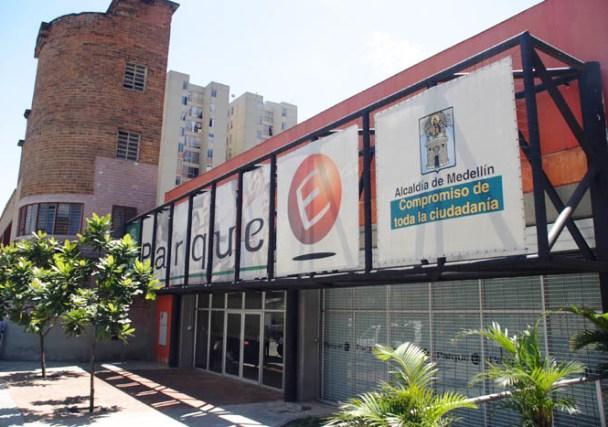 |
House music |
| 12,6 Km |
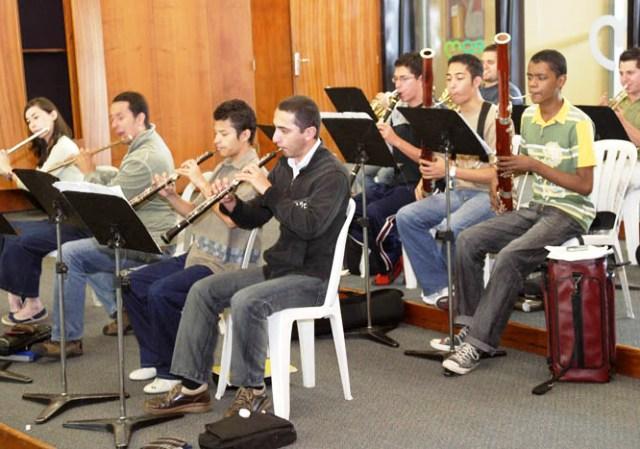 |
Park Explora |
| 12,8 Km |
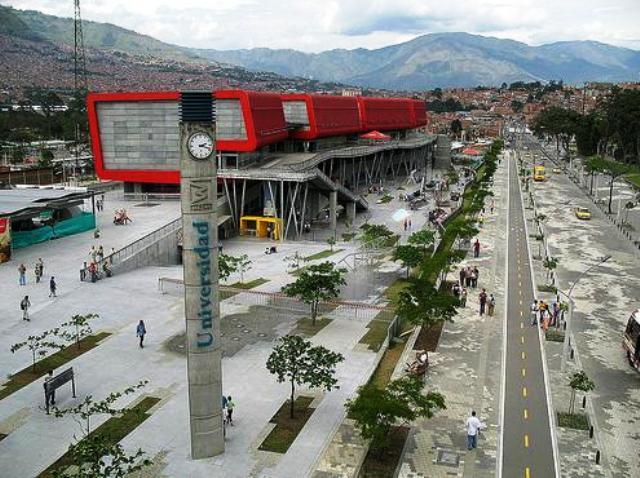 |
North Park |
| 12,9 Km |
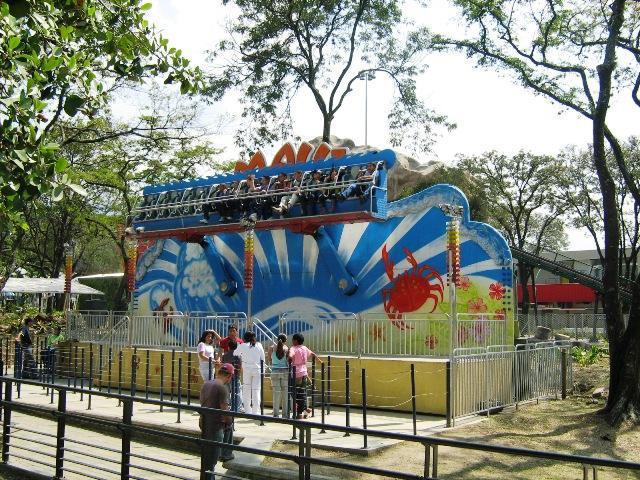 |
Medellin Aquarium |
| 12,9 Km |
 |
Explore Aquarium Park |
| 12,9 Km |
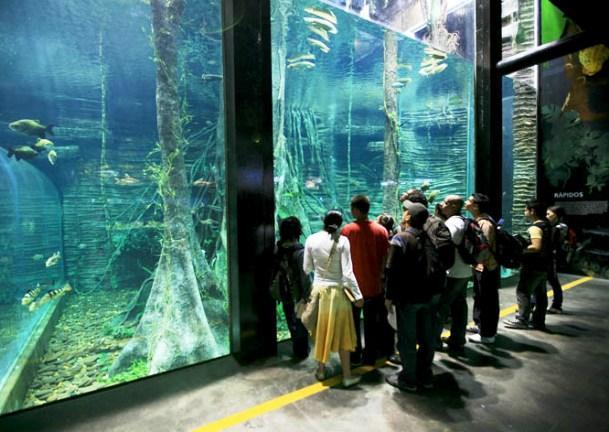 |
Moravian Cultural Development Center |
| 13,5 Km |
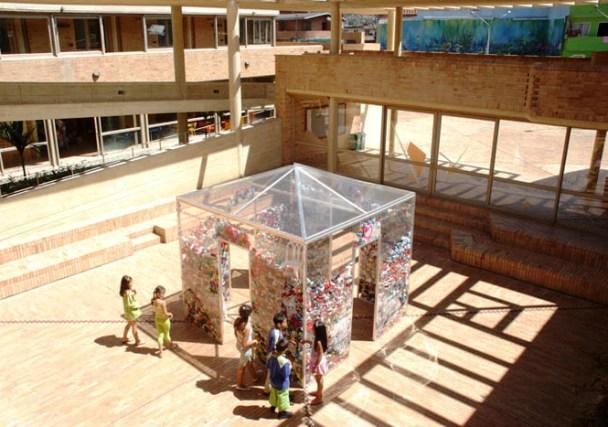 |
Pedro Nel Gómez House Museum |
| 13,7 Km |
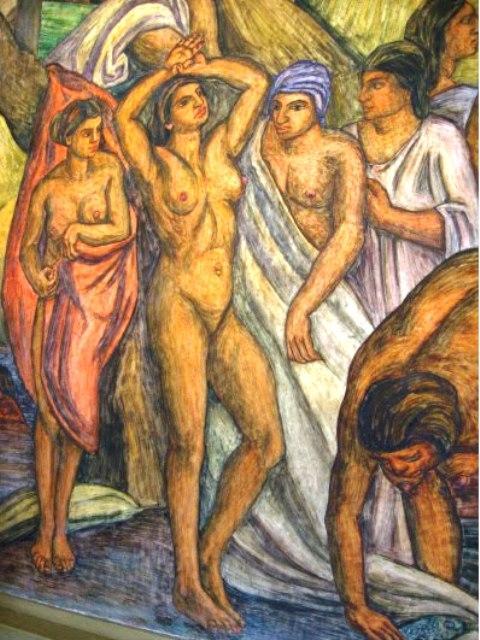 |
Arvi Park |
| 13,9 Km |
 |
Hotel reservation near Itagüí within a radius of 20 km
Why to book with CLUBE TRAVEL
The best prices
Our partnerships with the world´s largest operators offer research on the best market prices.
More options
At Rotas Turisticos you can book the hotel, buy the air ticket, book the transfer from the airport to the hotel and vice versa, book the local excursions, rent the car, take travel insurance and consult the places to visit and where to go.
Holiday Tips & Destinations
Hundreds of holiday destinations with all the options that allow you to easily choose the destination that best suits your dream vacation.
CLUBE TRAVEL
Links


